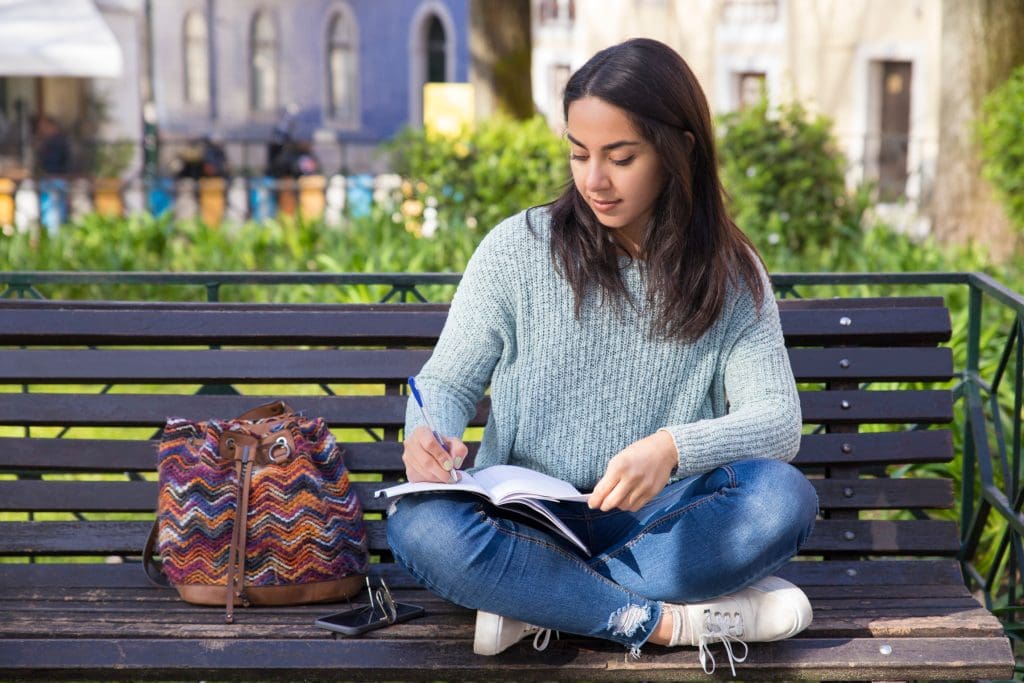Ms. Pratima Sinha, CEO – DSR Educational Society, Hyderabad

“The highest education is that which does not merely give us information but makes our life in harmony with all existence.” Gurudev Rabindranath Tagore
The traditional lecture style classroom with closed walls, windows, doors and mindset needs to be revamped, redecorated and restructured. Making learning fun and filled with fabulous experiences needs to be a priority for teachers who believe in taking an out of the box and lateral path for teaching. For the child to benefit and to ensure soaring learning outcomes, heed towards the learning spaces becomes essential whether it is indoors or outdoors as this is where the children learn through their own observations, participation and involvement. Today the learner needs more experiential learning spaces than just the regular classroom settings. Enhanced learning spaces that promote collaboration as well as individualized experiences will help and highlight the self-development and self-directed approach to learning.
Children need to be sensitized to keep their senses alert, to learn from every nook and corner of their own house , from the neighbor’s house , the next door shopping complex the busy street , the bus stop ,the cafeteria, the open grounds , the park ,the beach , the mountains , the river bank , the railway station , the airport , the cinema hall ,the coffee shop, the farms and so on .These spaces are interconnected locations that are informal areas for optimal learning opportunities and give a firsthand learning exposure to the child . A meaningful curriculum with subject integration can also be curated with outdoor learning spaces in the background setting.
During the pandemic World Health Organization recommended outdoor class setting to facilitate learning and many Schools reimagined conventional classrooms to take learning outside the confines of a traditional classroom. Excellent Metaphors of everyday learning spaces so well described and thought of by Scott Morris in the Australian Learning and Teaching Council Report (2009)
Campfire

A structured space in which students face a teacher and listen to traditional knowledge
Lectures – A central podium and raked setting Small group work – Flexible furniture that can be easily moved to suit the learning area
Watering Hole

An informal space where students can discuss, create and collaborate informally
A space where students can discuss, create and collaborate formally and/or informally.
Small group work (formal) – Flexible furniture that can be easily moved to suit the learning area; online virtual learning session; online wiki; online discussion forum or live chats.
Social learning (informal) – Small spaces for small groups to spread out; gathering spaces near food/coffee outlets.
Cave

A private space for independent and reflective work
Private learning space – Quiet, comfortable spaces at home, student residences or libraries, with or without technologies
Mountain Top

A space for presenting work to an audience to demonstrate understanding
Lecture/seminar space – A central podium and raked setting
Small or large interactive space – Flexible furniture that can be easily moved to suit the presentation or facilitation of learnings.
With these examples as the base a teacher can create such imaginative learning spaces for the children which will give them an excitement quotient in active learning. Collaboration, discovery, discussions, creativity can bring in the energy and enthusiasm of the learner at its peak or observation, quiet contemplation and reflection can help in deeper understanding.
As the classroom is a hub of learning the utilization of the space within should be such that it gives flexibility of movement, present, connect, use technology or if need be to isolate to focus. Innovative indoor learning spaces according to Lynn Marinette, a designer of learning experiences need to have the following features.
- Very flexible and easily adjustable to any learning activity:
- Promote movement and groupings
- Encourage the integration of curriculum
- Provide room for hands-on exploration, building, and making
- Support the development of cognition
- Allow students to acquire knowledge by examples
- Support technology integration
- Enhance social development as well as social interaction
In the Preprimary the learning spaces to be created keeping the child’s safety and comfort in mind. The child should feel the sense of belonging and should be able to relate to the layout well. Quick and easy access to learning material, clearly defined places for manipulatives, space for verbal interaction and active engagement. Furniture should be minimum, four corners of the class room can be converted as creative learning spaces like theater (role play), science exploration, building blocks, reading, storytelling/puppet, know myself, table etiquettes, learning math, art and craft, dance and rhythm, board games and puzzle and so on. It will be an added attraction if the classroom flows outdoors to the outdoor learning spaces for physical activity, sensory zones and also experiential learning from nature.
For Primary and above keeping in mind creating a learner centered environment, the Classroom furniture needs to light, movable and adjustable. Space in the classroom should be free of excess clutter for movement to enable creating varied learning spaces as and when required. It also adds a surprise element and newness factor for the students. Again, easy accessibility to the learning material, encouraging collaborative set up, good storage area helps in building student friendly learning spaces in the classroom.
Learning spaces matters and is a key element in giving the children an excellent environment to learn where they are positively engaged and are confident self-learners.


